What is the pathway to become a self-directed learner?
Recently our Institute Partner and head of research Dr Caleb Collier published this recent peer-reviewed article in the Journal of Transformative Learning.
The biggest takeaway is that there is a general pathway for self-directed learning: A person must build a desire to learn to be a resourceful learner, which leads a learner to take initiative and be persistent in their learning.
Learners must first build a desire to learn, which these researchers see as a combination of motivators, a growing sense of self-efficacy, and a combination of environmental/social factors (basically, they have their needs met, they feel safe, they feel like they belong, and that they feel like they can make a positive contribution to a group).
Once that foundation is laid, learners can move to the next stage of SDL: learner resourcefulness. This is basic self-regulation — the ability to choose to do something challenging (like an e-learning platform) instead of something immediately gratifying (like socializing). People develop resourcefulness over time through habitual practice. This phase of SDL cannot really take root without really building the foundation of desiring to learn.
The third phase is learner initiative. This is SDL as we know it: the ability to identify a task to complete or problem to solve, make a plan, set goals, evaluate progress, and revise the plan as necessary. These are skills built through habitual practice.
The final phase is learner persistence. This is being able to see a task through to completion and persevere even when it's a struggle.
So, for educators, the encouragement is to really spend time on step 1: cultivating a desire to learn. Learners need to feel taken care of, agentic, empowered, a sense of belonging, and a deep connection of the relevance of the learning. Without that, the other steps toward SDL might not happen.
Read the full article here.
The Institute for Self Directed Learning works to catalyze the research base for self-directed learning, partner with public schools to design and lead learner-led environments, and provide educators with learner-led curricular resources.

